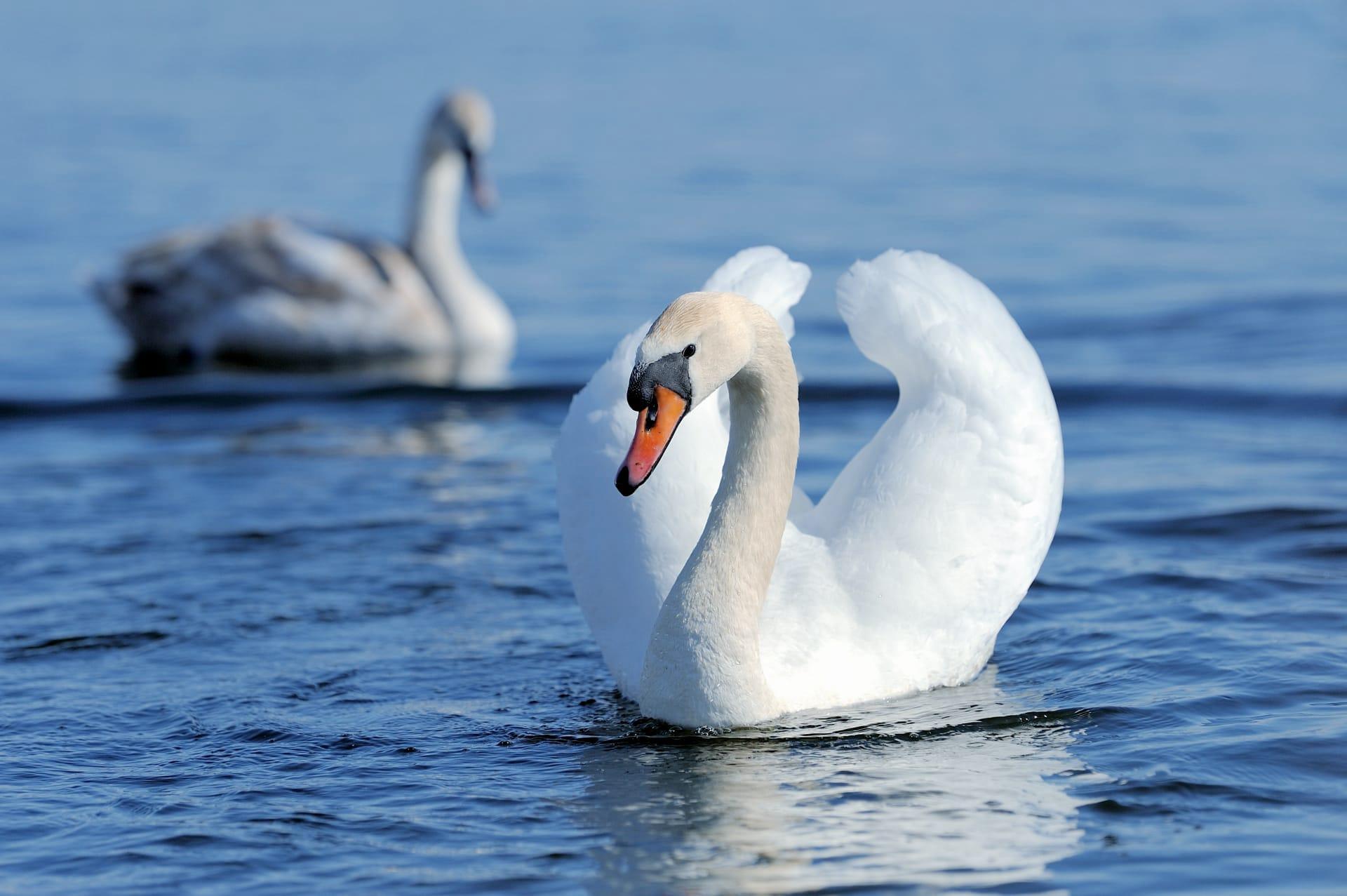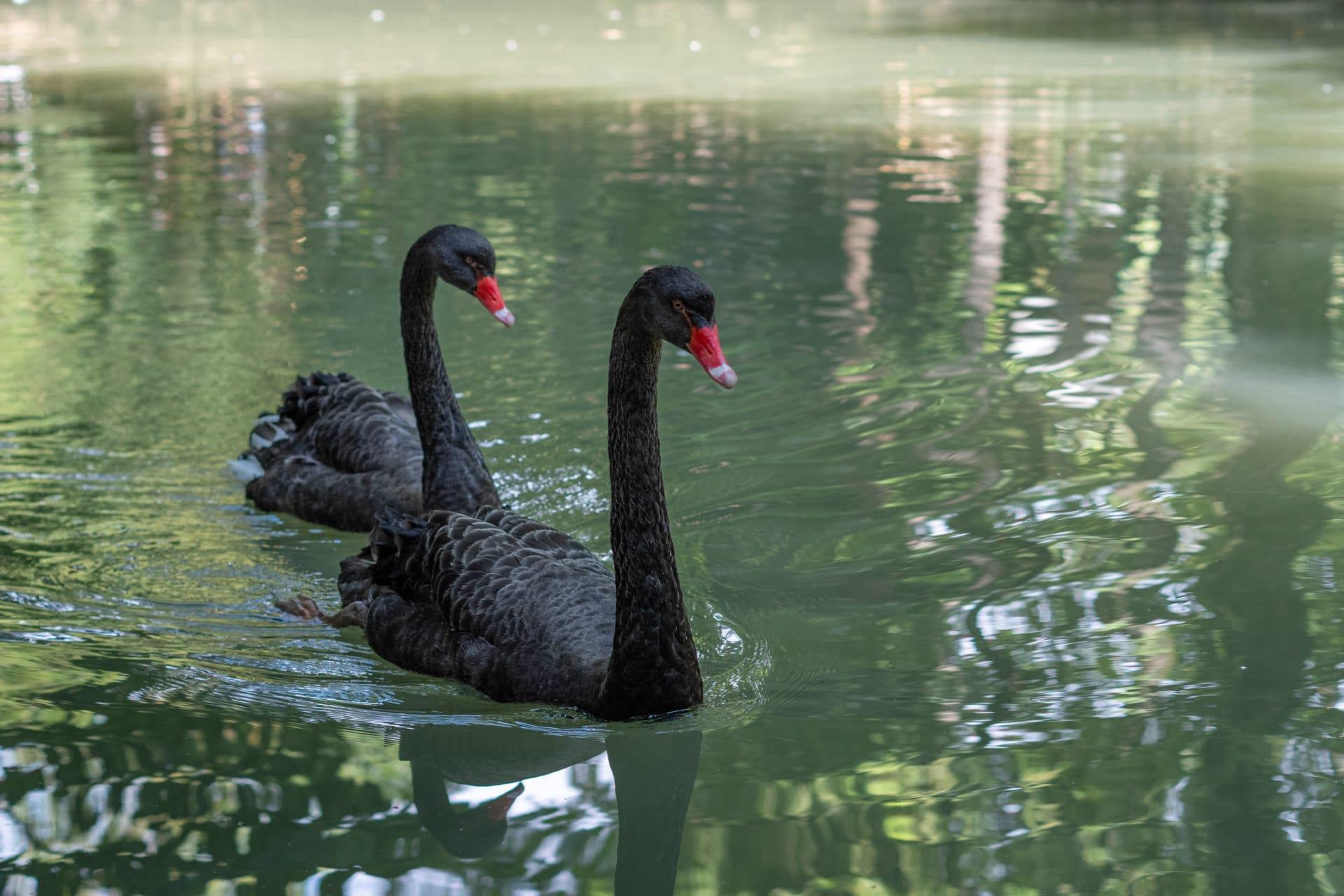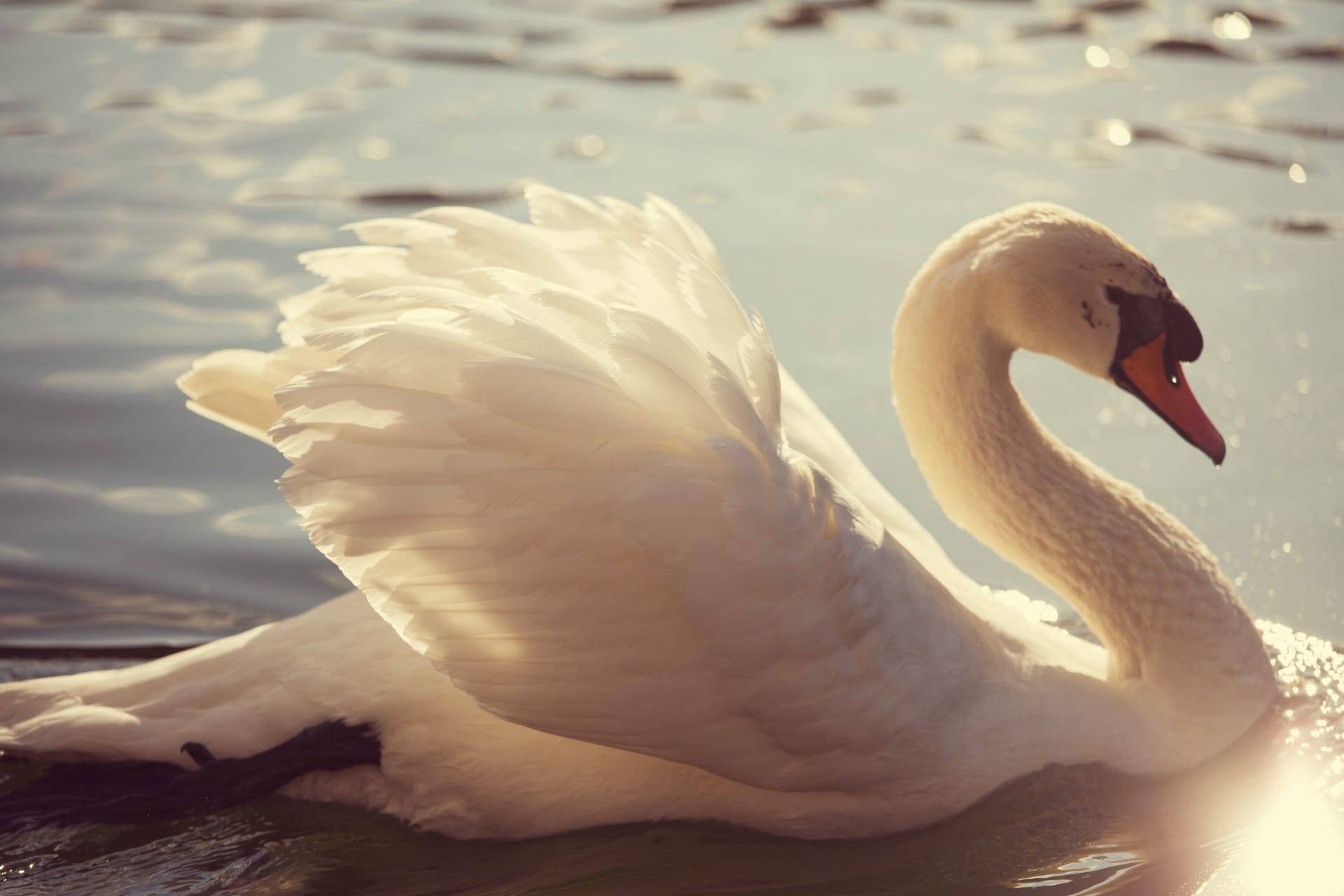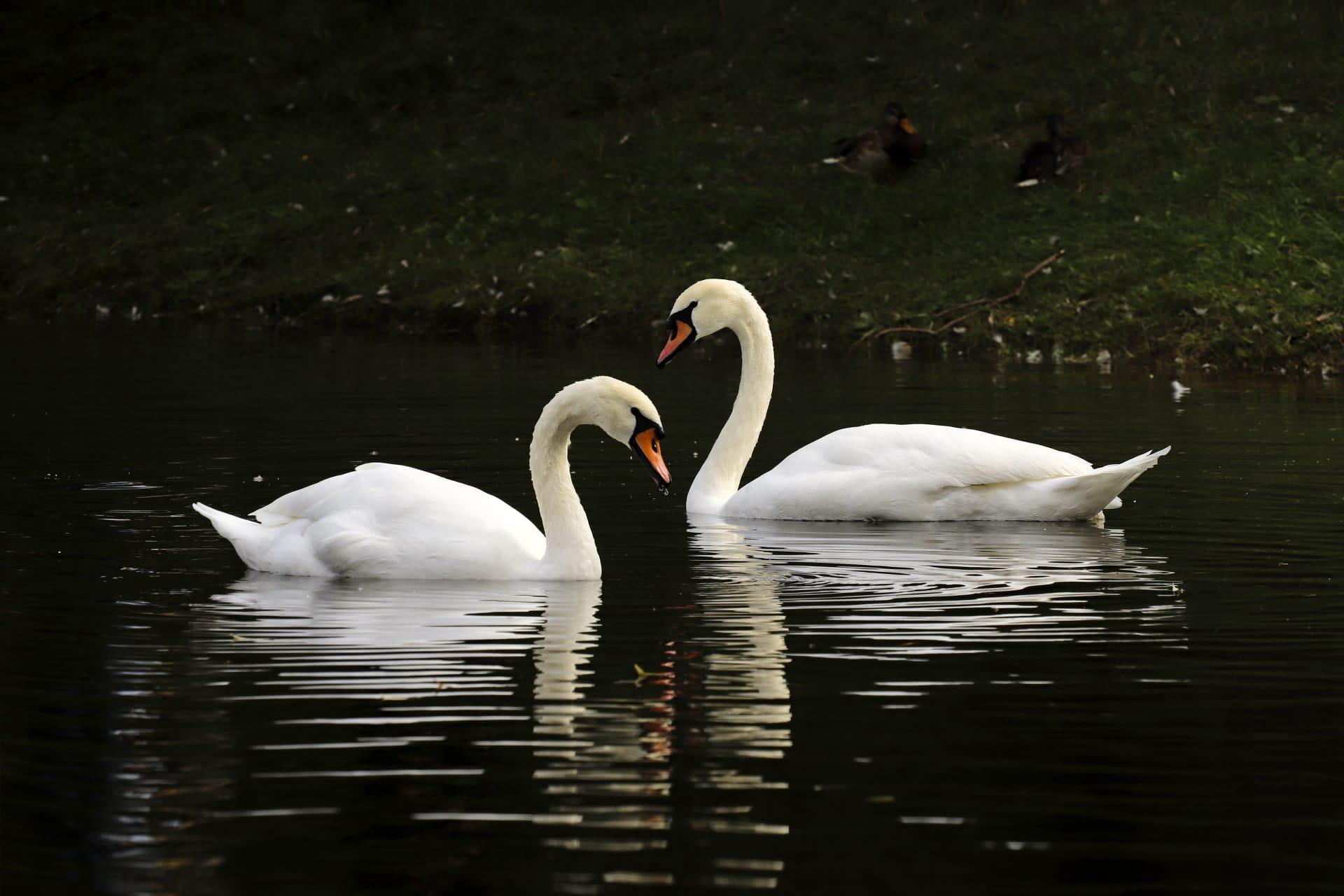Swan Trivia
- Home /
- Trivia Question /
- Animal /
- Swan Trivia
1
Question: How long can swans live in the wild, and does this lifespan change in captivity?
Answer: Swans typically live for about 20 to 30 years in the wild. However, in captivity, with optimal care, they can live up to 40 years. Factors like diet, healthcare, and a safe environment contribute to this extended lifespan in captivity. The oldest recorded swan was a Mute Swan, which lived to be over 40 years old.
Question: What's the wingspan of the largest swan species, and how does it compare to other large birds?
Answer: The Trumpeter Swan holds the record for the largest wingspan among all swan species, stretching up to 10 feet (about 3 meters). To put this into perspective, that's almost the length of a small car! This wingspan is larger than many large birds, including some species of eagles, but slightly less than that of the wandering albatross, which can reach up to 11.5 feet.

2
Question: Do swans mate for life, and what happens if their partner dies?
Answer: It's a common belief that swans mate for life, but this isn't always the case. While many swans do form long-term pair bonds, they can 'divorce' or choose new partners. If a mate dies, the surviving swan may mourn and then find a new partner in the following seasons.
Question: Are swans really as aggressive as people often think?
Answer: Swans are often portrayed as aggressive, especially when protecting their nests or young. However, their aggressive behavior is usually exaggerated. Swans are defensive but not typically aggressive without provocation. They prefer to keep to themselves unless they feel threatened or their cygnets are in danger.

3
Question: How fast can swans fly, and what is unique about their flight compared to other birds?
Answer: Swans are powerful flyers, capable of speeds up to 60 miles per hour (about 97 kilometers per hour) during migration. A distinctive feature of their flight is the loud, rhythmic whooshing sound their wings make, audible from quite a distance. This sound is unique to swans and results from their large size and wing structure.
Question: What do swans eat, and how does their diet change with the seasons?
Answer: Swans are primarily herbivores, feeding on aquatic plants, algae, and grasses. In the winter, when vegetation is scarce, they may also eat grains and small aquatic animals like insects. Their long necks enable them to reach underwater plants, making them efficient feeders in various environments.

4
Question: How do swans communicate with each other, and what are some common swan vocalizations?
Answer: Swans communicate through a range of vocalizations and body language. Common sounds include hissing when threatened, soft cooing during courtship, and loud honking to signal alarm. They also use visual displays, like arching their wings or bobbing their heads, to communicate.
Question: Why do swans often hold one leg up while swimming?
Answer: Swans, like many other waterfowl, often tuck one leg up to conserve body heat while swimming in cold water. This behavior also helps them to rest one leg while using the other for gentle propulsion, allowing them to maintain a comfortable position in the water for extended periods.

5
Question: Can swans change color over time, and what influences this change?
Answer: Young swans, known as cygnets, are often gray or brown. As they mature, they gradually change to their adult plumage, which is typically white for many species. This change can take several months to a couple of years, depending on the species. Diet and genetics play significant roles in this color transformation.
Question: Are swans capable of recognizing humans, and how do they interact with people?
Answer: Swans can recognize individual humans, especially those who frequently visit their habitats. They have good memories and can distinguish between people who pose a threat and those who don't. While some swans may become friendly and approach humans, especially if they're used to being fed, it's essential to respect their space and observe them from a distance to avoid any potential conflict.